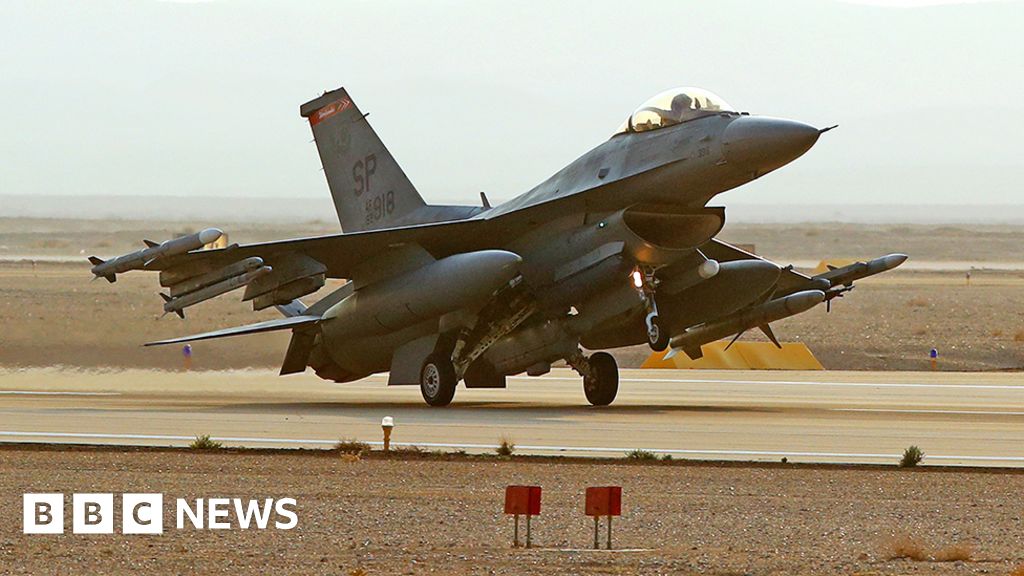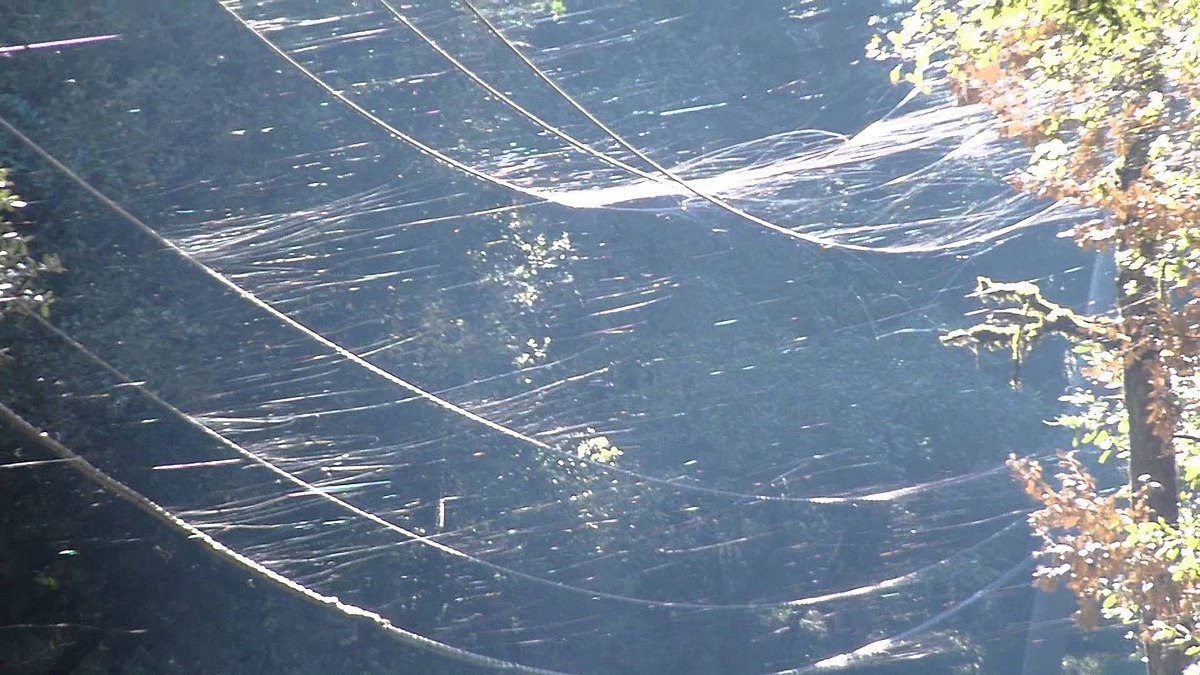Interesting that in the news reports, the boffins as yet seem to have no idea what keeps these things up. I have a theory. I'm no scientist, but I'd be interested if those of you with the relevant smarts could pass your half-moon specs over this...

"
The latest object - shot down over Lake Huron in Michigan near the Canadian border - has been described by defence officials as an unmanned "octagonal structure" with strings attached to it.
It was downed by a missile fired from an F-16 fighter jet at 14:42 local time (19:42 GMT).
The incident raises further questions about the spate of high-altitude objects that have been shot down over North America this month.
US Northern Command Commander General Glen VanHerck said that there was no indication of any threat.
"I'm not going to categorise them as balloons. We're calling them objects for a reason," he said.
"What we are seeing is very, very small objects that produce a very, very low radar cross-section," he added.
Speculation as to what the objects may be has intensified in recent days.
"I will let the intel community and the counterintelligence community figure that out," Gen VanHerck said when asked if it was possible the objects are aliens or extra-terrestrials.
"I haven't ruled out anything at this point."

Mystery surrounds objects shot down by US military
A spate of high-altitude objects have been shot down in North American airspace in recent days.
www.bbc.co.uk
"
The latest object - shot down over Lake Huron in Michigan near the Canadian border - has been described by defence officials as an unmanned "octagonal structure" with strings attached to it.
It was downed by a missile fired from an F-16 fighter jet at 14:42 local time (19:42 GMT).
The incident raises further questions about the spate of high-altitude objects that have been shot down over North America this month.
US Northern Command Commander General Glen VanHerck said that there was no indication of any threat.
"I'm not going to categorise them as balloons. We're calling them objects for a reason," he said.
"What we are seeing is very, very small objects that produce a very, very low radar cross-section," he added.
Speculation as to what the objects may be has intensified in recent days.
"I will let the intel community and the counterintelligence community figure that out," Gen VanHerck said when asked if it was possible the objects are aliens or extra-terrestrials.
"I haven't ruled out anything at this point."


